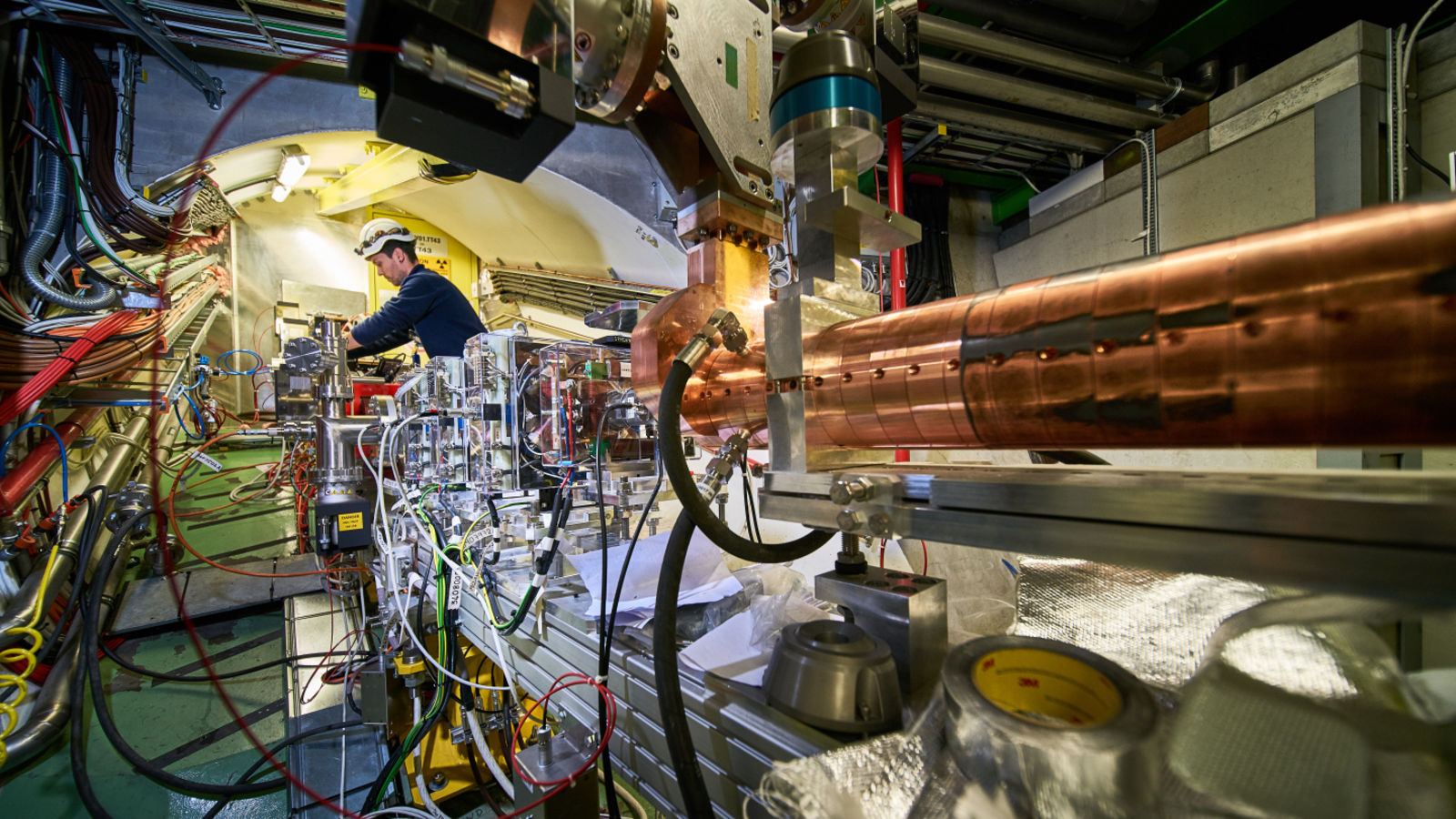
Over 500 new gene regions that influence people's blood pressure have been discovered in the largest global genetic study of blood pressure to date, led by UK.

Engineers have developed a new ultrasound transducer that could dramatically lower the cost of ultrasound scanners to as little as $100. Their innovation is portable, wearable and can be powered by a smartphone.

US researchers have discovered a quantum state of matter that is 10 times more tuneable than existing theories can explain. This opens enormous possibilities for next-generation nanotechnologies and quantum computing.

Swedish researchers have identified four types of neurons in the peripheral auditory system, three of which are new to science. The analysis of these cells can lead to new therapies for various kinds of hearing disorders.

The mysterious dark photon will be hunted by the Positron Annihilation into Dark Matter Experiment (PADME) in Italy, which will start collecting data in the next couple of weeks.

With 25 of the plastic vending machines currently installed, the Istanbul has set a goal of installing 100 by the end of the year with the hopes of reducing the 17,000 tons of garbage they produce every day.

Physicists have discovered how to manipulate and control individual molecules for a millionth of a billionth of a second, after being intrigued by some seemingly odd results.

US scientists have developed a technique to directly convert the cells in an open wound into new skin cells. The approach relies on reprogramming the cells to a stem-cell-like state and could be useful for healing wounds.

A team of US biologists has discovered thousands of four- and five-drug combinations of antibiotics that are more effective at killing harmful bacteria than the prevailing views suggested.

An atom gives off energy and causes many other atoms in its vicinity to emit light as well. This phenomenon is called 'superradiance'. For the first time, this phenomenon has now bean measured in a solid-state system.

The quality and speed of data transmission is achieved due to the superior constrained shortest path finder algorithm made by the scientists. Thus, the data transmission speed can be increased up to 50%.

The Advanced Proton Driven Plasma Wakefield Acceleration Experiment (AWAKE) at CERN is a new kind of machine that could accelerate electrons over a fraction of the distance needed by other accelerators.

Researchers have found among the first and perhaps only hard evidence that simple protein catalysts - essential for cells, the building blocks of life, to function - may have existed when life began.

A new radiation sensor developed by US researchers is a wearable, disposable, film-type device fabricated on a paper substrate with cells of the yeast patterned between two electrodes and used as a smart material.

It’s not every day that scientists find a completely new aspect of human anatomy, but one study is providing exactly that, describing a previously unknown network of tunnels located between the skull and the brain.